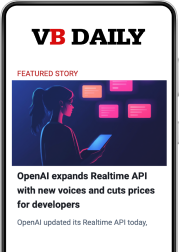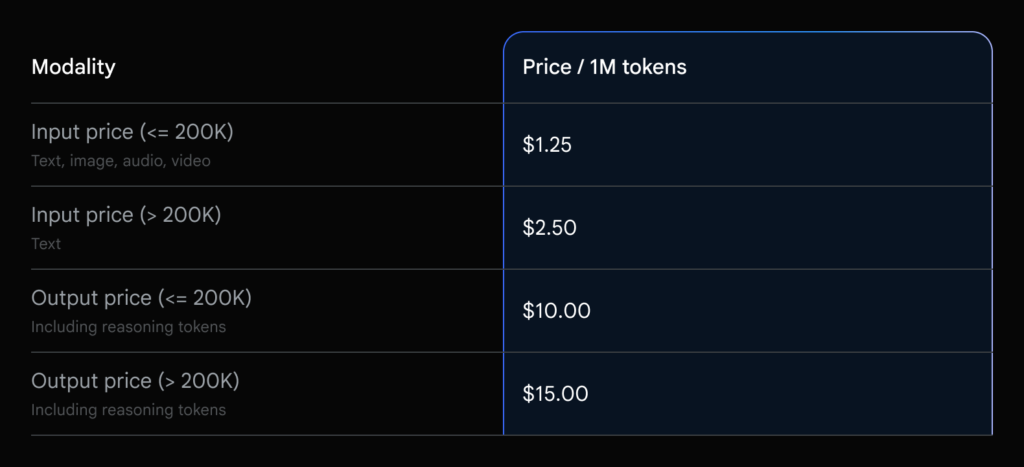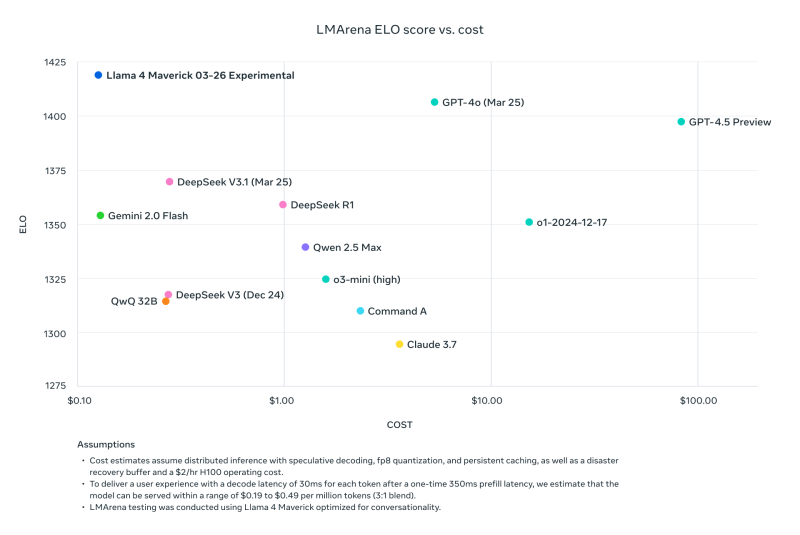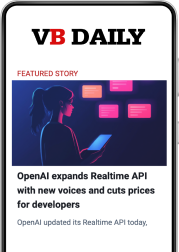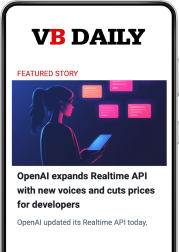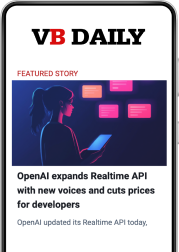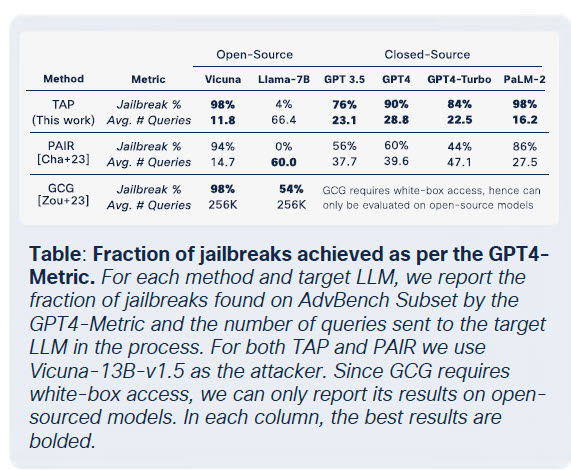Genspark’s Super Agent ups the ante in the general AI agent race
Join our daily and weekly newsletters for the latest updates and exclusive content on industry-leading AI coverage. Learn More The general-purpose AI agent landscape is suddenly much more crowded and ambitious. This week, Palo Alto-based startup Genspark released what it calls Super Agent, a fast-moving autonomous system designed to handle real-world tasks across a wide range of domains – including some that raise eyebrows, like making phone calls to restaurants using a realistic synthetic voice. The launch adds fuel to what’s shaping up to be an important new front in the AI competition: Who will build the first reliable, flexible and truly useful general-purpose agent? Perhaps more urgently, what does that mean for enterprises? Genspark’s launch of Super Agent comes just three weeks after a different Chinese-founded startup, Manus, gained attention for its ability to coordinate tools and data sources to complete asynchronous cloud tasks like travel booking, resume screening and stock analysis – all without the hand-holding typical of most current agents. Genspark now claims to go even further. According to co-founder Eric Jing, Super Agent is built on three pillars: a concert of nine different LLMs, more than 80 tools and over 10 proprietary datasets – all working together in a coordinated flow. It moves well beyond traditional chatbots, handling complex workflows and returning fully executed outcomes. In a demo, Genspark’s agent planned a complete five-day San Diego trip, calculated walking distances between attractions, mapped public transit options and then used a voice-calling agent to book restaurants, including handling food allergies and seating preferences. Another demo showed the agent creating a cooking video reel by generating recipe steps, video scenes and audio overlays. In a third, it wrote and produced a South Park-style animated episode, riffing on the recent Signalgate political scandal involving sharing war plans with a political reporter. These may sound consumer-focused, but they showcase where the tech is headed – toward multi-modal, multi-step task automation that blurs the line between creative generation and execution. “Solving these real-world problems is much harder than we thought,” Jing says in the video, “but we’re excited about the progress we’ve made.” One compelling feature: Super Agent clearly visualizes its thought process, tracing how it reasons through each step, which tools it invokes and why. Watching that logic play out in real time makes the system feel less like a black box and more like a collaborative partner. It could also inspire enterprise developers to build similar traceable reasoning paths into their own AI systems, making applications more transparent and trustworthy. Super Agent was also impressively easy to try. The interface launched smoothly in a browser with no technical setup required. Genspark lets users begin testing without requiring personal credentials. In contrast, Manus still requires applicants to join a waitlist and disclose social accounts and other private information, adding friction to experimentation. We first wrote about Genspark back in November, when it launched Claude-powered financial reports. It has raised at least $160 million across two rounds, and is backed by U.S and Singapore based investors. Watch the latest video discussion between AI agent developer Sam Witteveen and me here for a deeper dive into how Genspark’s approach compares to other agent frameworks and why it matters for enterprise AI teams. How is Genspark pulling this off? Genspark’s approach stands out because it navigates a long-standing AI engineering challenge: tool orchestration at scale. Most current agents break down when juggling more than a handful of external APIs or tools. Genspark’s Super Agent appears to manage this better, likely by using model routing and retrieval-based selection to choose tools and sub-models dynamically based on the task. This strategy echoes the emerging research around CoTools, a new framework from Soochow University in China that enhances how LLMs use extensive and evolving toolsets. Unlike older approaches that rely heavily on prompt engineering or rigid fine-tuning, CoTools keeps the base model “frozen” while training smaller components to judge, retrieve, and call tools efficiently. Another enabler is the Model Context Protocol (MCP), a lesser-known but increasingly adopted standard that allows agents to carry richer tool and memory contexts across steps. Combined with Genspark’s proprietary datasets, MCP may be one reason their agent appears more “steerable” than alternatives. How does this compare to Manus? Genspark isn’t the first startup to promote general agents. Manus, launched last month by the China-based company Monica, made waves with its multi-agent system, which autonomously runs tools like a web browser, code editor or spreadsheet engine to complete multi-step tasks. Manus’s efficient integration of open-source parts, including web tools and LLMs like Claude from Anthropic, was surprising. Despite not building a proprietary model stack, it still outperformed OpenAI on the GAIA benchmark — a synthetic test designed to evaluate real-world task automation by agents. Genspark, however, claims to have leapfrogged Manus, scoring 87.8% on GAIA—ahead of Manus’s reported 86%—and doing so with an architecture that includes proprietary components and more extensive tool coverage. The big tech players: Still playing it safe? Meanwhile, the largest U.S.-based AI companies have been cautious. Microsoft’s main AI agent offering, Copilot Studio, focuses on fine-tuned vertical agents that align closely with enterprise apps like Excel and Outlook. OpenAI’s Agent SDK provides building blocks but stops short of shipping its own full-featured, general-purpose agent. Amazon’s recently announced Nova Act takes a developer-first approach, offering atomic browser-based actions via SDK but tightly tied to its Nova LLM and cloud infrastructure. These approaches are more modular, more secure and clearly targeted toward enterprise use. But they lack the ambition—or autonomy—shown in Genspark’s demo. One reason may be risk aversion. The reputational cost could be high if a general agent from Google or Microsoft books the wrong flight or says something odd on a voice call. These companies are also locked into their own model ecosystems, limiting their flexibility to experiment with multi-model orchestration. Startups like Genspark, by contrast, have the freedom to mix and match LLMs – and to move fast. Should enterprises care? That’s the strategic question. Most enterprises don’t need a
Genspark’s Super Agent ups the ante in the general AI agent race Read More »



